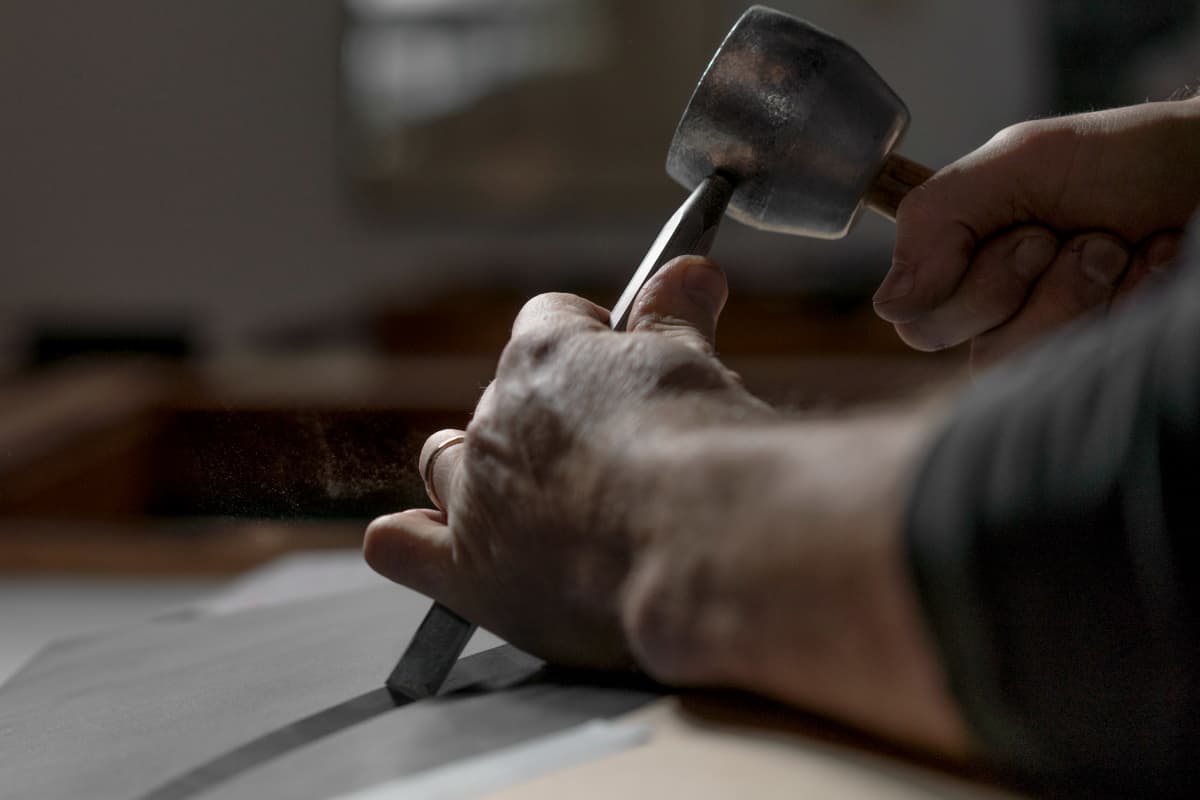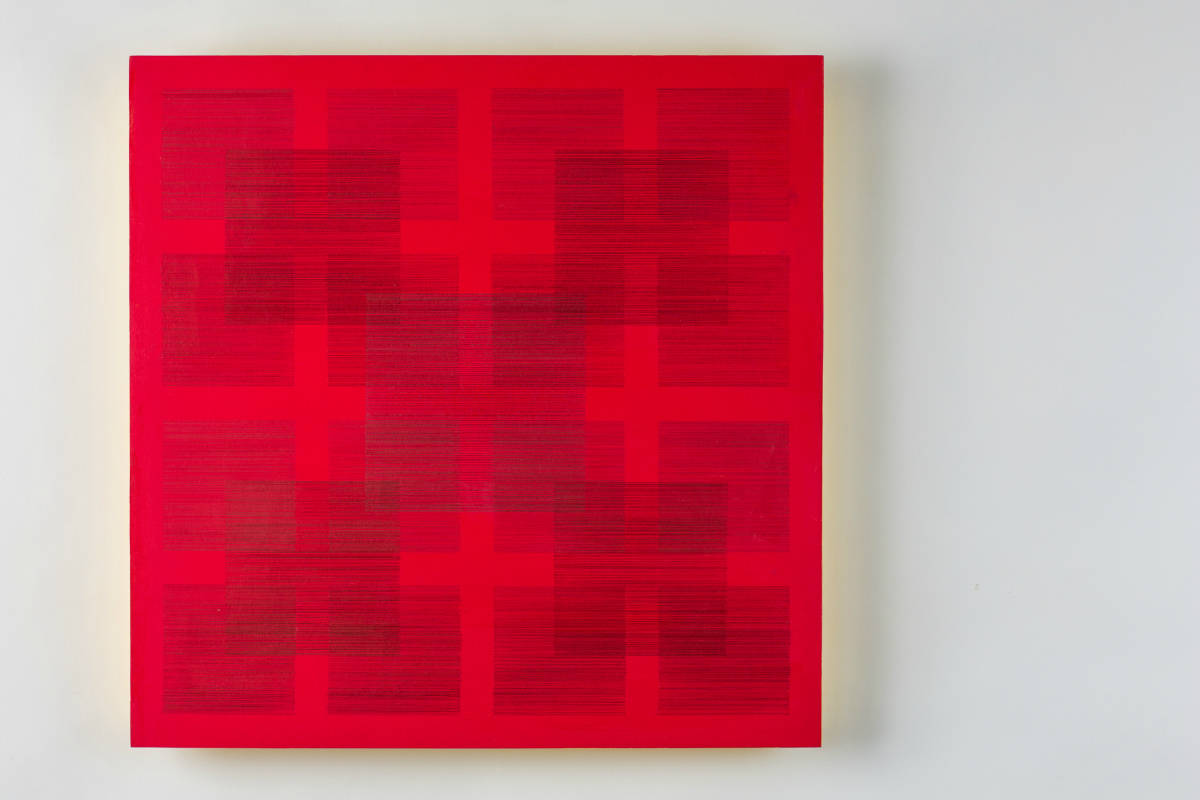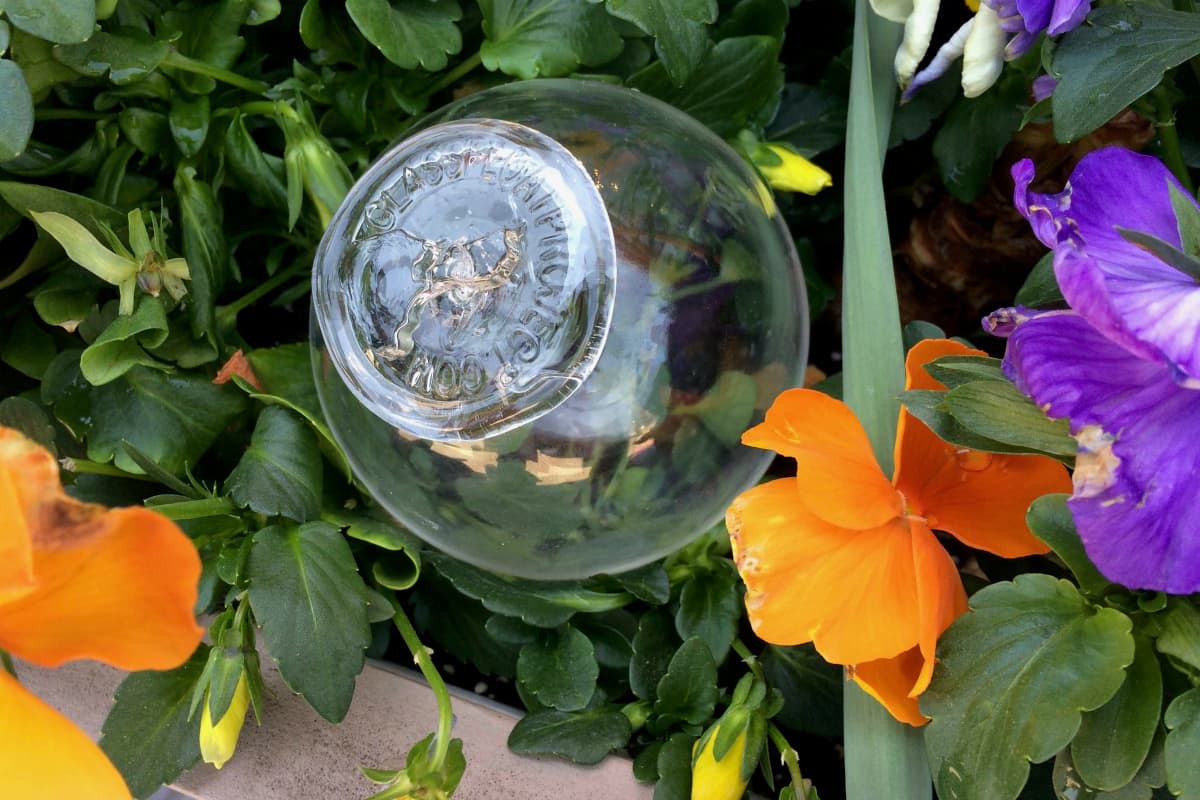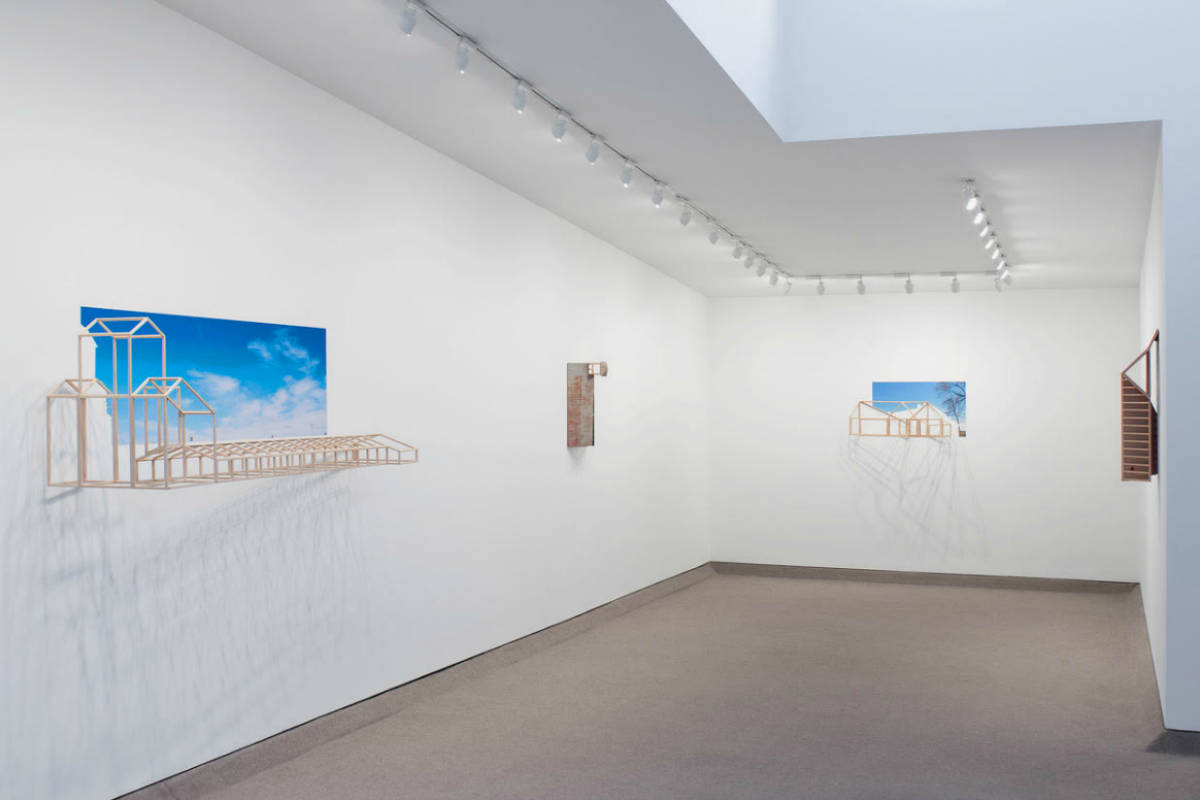We would lay down good money that Rhode Island stone carver Nicholas Benson is also a spelling bee rock star.
If you were Washington, DC’s go-to stone carver for inscribing calligraphy into national monuments, you might kick back and rest on your laurels. Not Nicholas Benson. The craftsman at the top of his venerated analog trade is using his skill to make art that explores the meaning of the digital world.
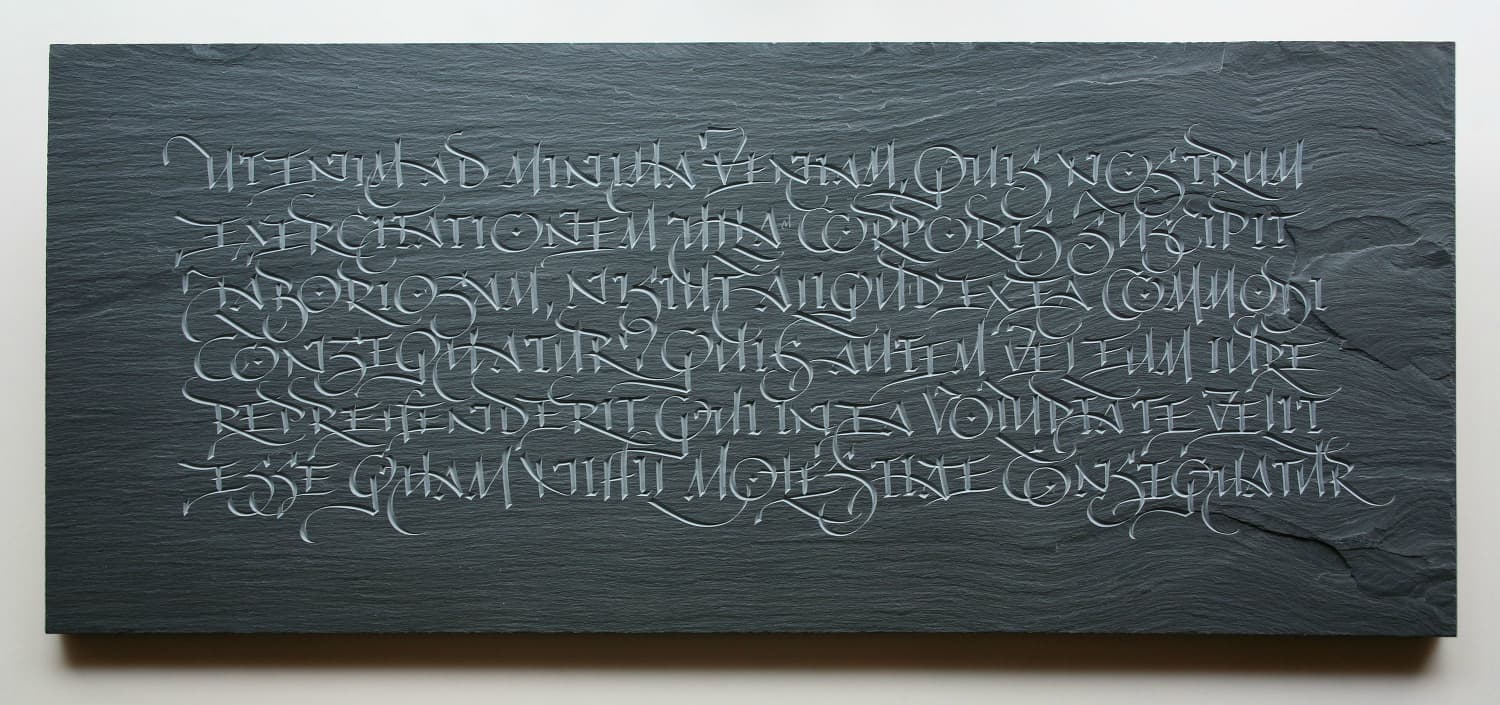
Nicholas Benson, Air | slate tablet carved with “Lorem ipsum,” Yale University Art Gallery
At a time when almost all stone-cut lettering is done by machines, Benson still carves his by hand using brushstrokes to outline each letterform. His work graces buildings and monuments across the United States, including the National World War II Memorial and the Dr. Martin Luther King National Memorial, for which Benson designed a new font blending classic and modern styles.
He learned to carve letters in stone from his father, John Everett Benson, who learned from his father, John Howard Benson. The first two Bensons worked on the U.S. Marine Corps’ Iwo Jima Memorial, the National Gallery of Art, and the Franklin Delano Roosevelt Memorial. The three generations have run the John Stevens Shop in Newport, Rhode Island, since the 1920s, although the shop has been doing business on Thames Street for 310 years.
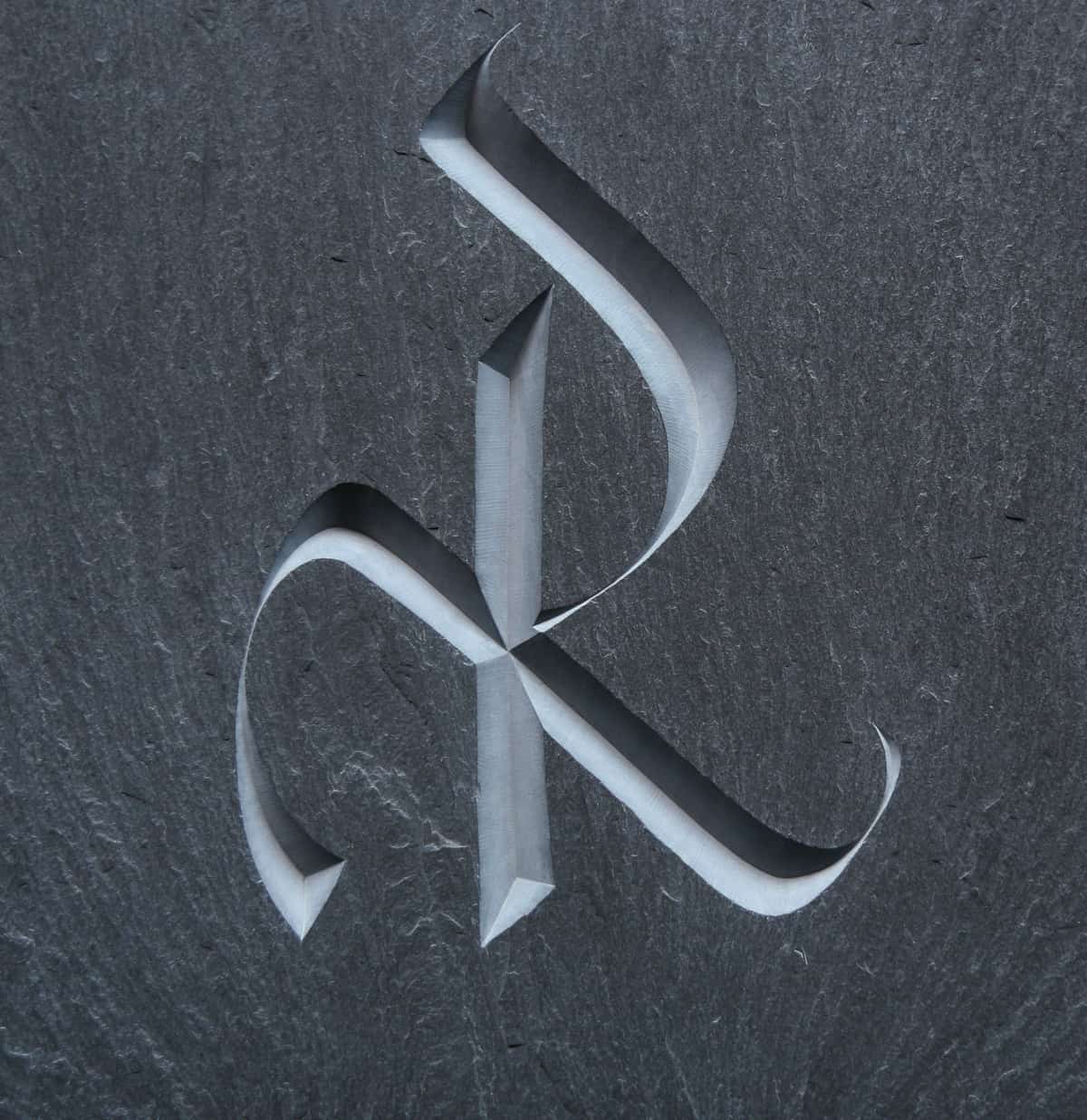
Nicholas Benson, R for Ann
No one else in the country does specifically what the John Stevens Shop does, says Benson. “We’re type designers, calligraphers, and we’re also the ones who execute the work. [Most other] outfits have graphic designers, then the stone carvers execute the letters.” For this combination of skills and for his sheer talent, Benson was awarded a MacArthur Fellowship (a “genius grant”) in 2010.
“The fellowship allowed me to delve into artistic, expressive stuff I’ve been wanting to do for a long time,” Benson says. “I’m taking the expertise that goes into the craft and the calligraphic form, and expressing stuff of my own—with strong emphasis on the aesthetic. It’s the visual quality of the thing that strikes you first, and not the written message. There’s a message of the form itself.”
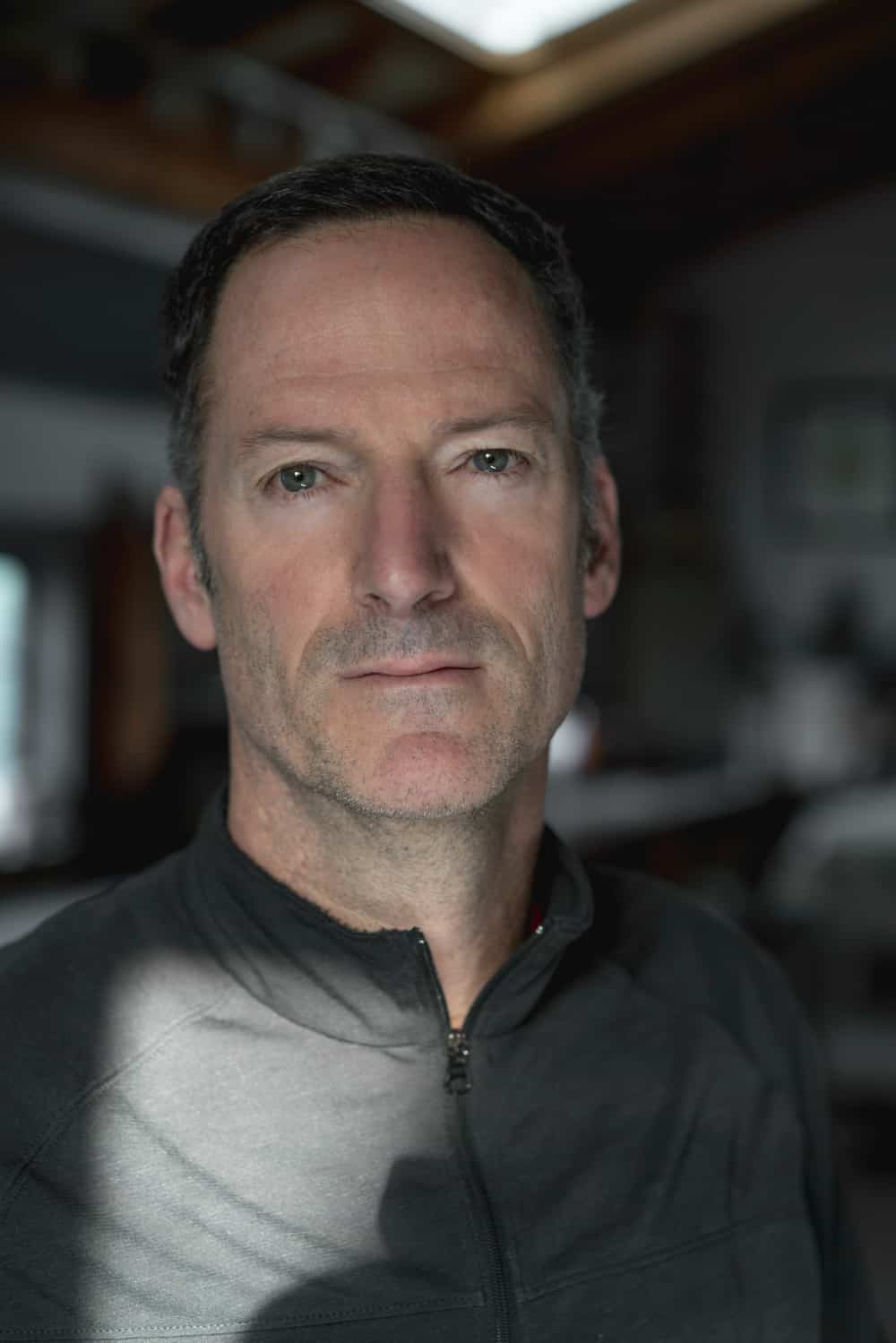
Nicholas Benson
To make that point, he inscribed onto a slate tablet a paragraph of graceful calligraphy that consists of Lorem Ipsum, the nonsensical placeholder text often used in publishing. In another recent exploration of the indecipherable, Benson carved his interpretation of the Standard Model of the universe based on the Higgs boson particle; he was inspired by the documentary Particle Fever. And he has just started a project inscribing Base64 computer code into stone. It’ll no doubt be captivating even to non-programmers.
“I did a really fun talk at Google in New York,” Benson says. “The whole idea was getting me in there to talk about the analog. I’m getting more and more interest in what I do.” In turn, he is creating art that springs from “a lot of thought around the ramifications of the information age … the notion of the indecipherable but complicated deluge of information we get every day. I’m trying to shed light on that.”
Follow Nicholas Benson on twitter and instagram.
This article originally appeared in our February/March 2016 Print issue.

